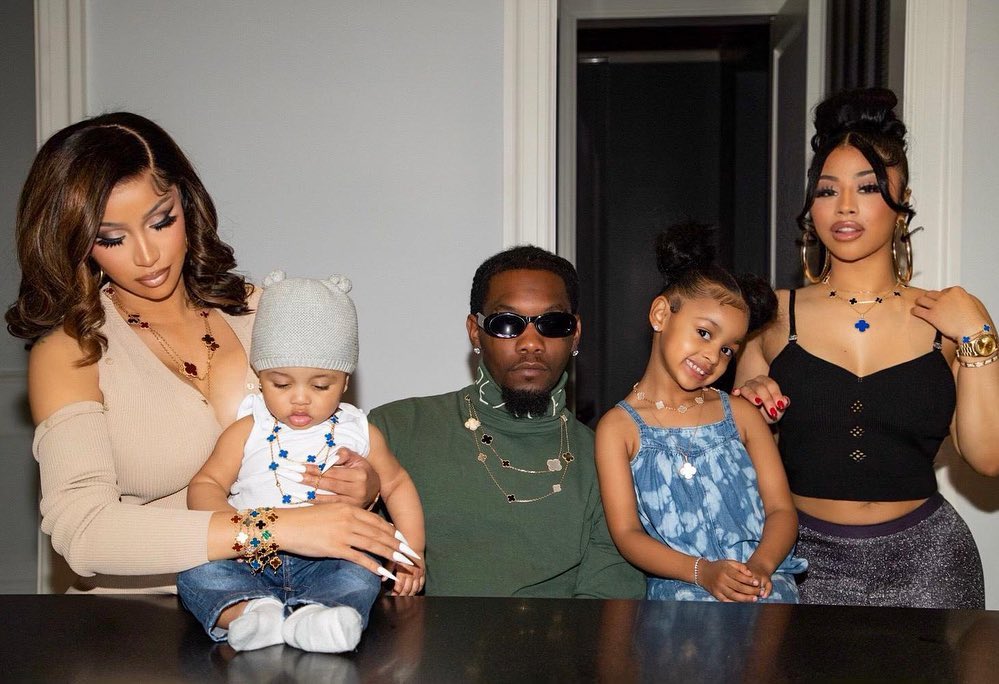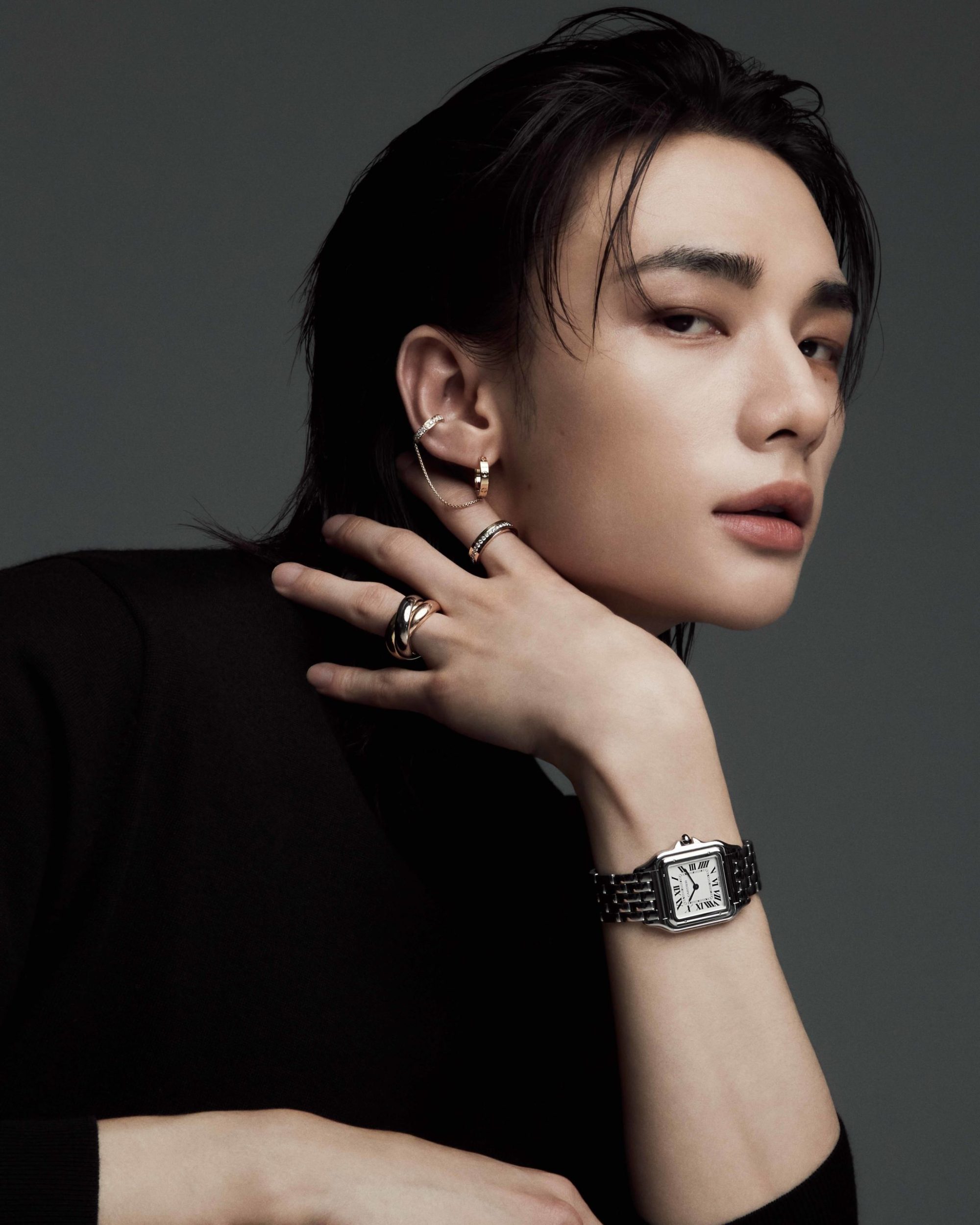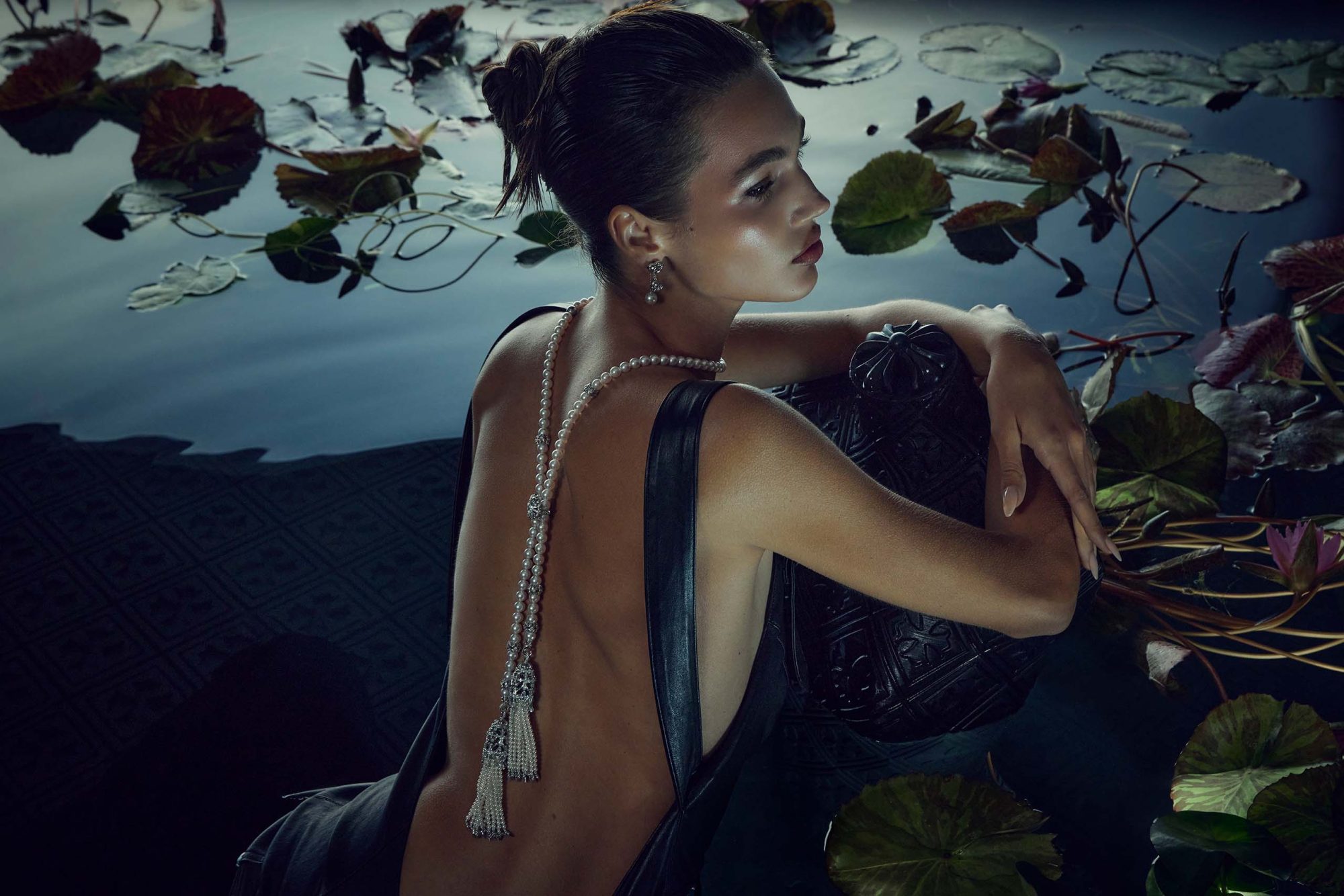After a recent Dua Lipa gig, the first thing that was pointed out during the debrief was the Tiffany HardWare pavé choker she wore on stage. In between custom Chanel playsuits and Versace slips, it was this gargantuan piece of jewellery that caught the most attention. Growing up, the idea of fine jewellery was one made of silver screens and old-timey Hollywood tales in the likes of Jean Harlow and Elizabeth Taylor. It was the kind of stuff made for movies, just like Titanic’s Heart of the Ocean and The One Ring from J.R.R. Tolkien’s fictional universe.
All roads lead to Ye, or at least pass through him. Having worn the moniker of Louis Vuitton Don with pride in the early 2000s, he was heavily influential in terms of introducing high fashion to the mainstream. Beyond namedrops in rap lyrics, the designers he wore on and off stage broke into the realm of the music fans who consumed fashion minimally. Whatever he wore sparked interest among streetwear, music and high fashion enthusiasts, think his Louis Vuitton collaboration in 2009; his Celine blouse at the 2011 Coachella; Riccardo Tisci for Givenchy’s Rottweiler motif; Hood by Air that was launched by his then-creative director Virgil Abloh. Given Ye’s significant role in hip hop and pop culture, the jewellery he wore naturally became press. Rather than the Day-Dates and Patek Philippes worn by his peers, the most notable piece of jewellery Ye has worn were the custom Margiela face masks on his Yeezus tour. The finishing touch to a wardrobe of dystopian bombers and overcoats was an assortment of face-obscuring masks adorned with crystals, mirrored tiles and studs, creating a malevolent, imposing look on stage. Taking over Tumblr reblogs and tabloids in the early 2010s, Ye shifted how we interacted with jewellery, filling the gaps between our parents’ dainty bands and printed imagery of Princess Diana’s jewels.

Albeit influential, Ye alone would not suffice in changing the way we consume precious stones and rare metals. His relationship with Kim Kardashian which began in 2012 would serve as a pivotal moment in exposing fashion to the masses. Before the onslaught of beiges from the Yeezy era that now exists in the Skims’ universe, Ye swapped out Kim’s wardrobe of Hervé Léger bandage dresses for a severe lineup of Balmain, Givenchy and Margiela, hence skyrocketing her status in the fashion world. Having documented her transformation on a hit reality show brought the general public closer to what she wore and consumed, just like the diamond earrings she lost at Bora Bora. In terms of discourse, that meme would later be eclipsed by her infamous USD 4.5 million engagement ring from Ye. Beyond its astronomical price tag, this piece would make headlines once again during Kim’s traumatic Paris robbery in 2016 — a crime reportedly fueled by the visibility of her digital footprint. In the present day, Kim’s acquisition of Princess Diana’s massive Attallah Cross pendant serves as another pivotal moment where jewellery and pop culture intersect.
Around 2014, Kim’s sister Kylie Jenner was responsible for breaking the internet with a jewellery moment herself. In sepia-tinted Snapchat and Instagram posts she often flaunted her stack of Cartier Love Bracelets, pairing them with casual indie sleaze getups and nonchalant captions that read “Still feels like summer to me”. Two laters later, the Cartier Love Bracelet was the most Googled jewellery item, 300,000 times monthly versus the second most Googled, Tiffany engagement rings at 85,000 searches. As the younger, up-and-coming member of the Kardashian-Jenner clan, Kylie possessed a more relatable persona that young millennials were hungry for, building on a parasocial relationship that drove allure towards their aspirational lifestyles. Instead of leaving their Instagram feeds with these unattainable objects, most walked away with a figment of their lifestyles in the form of lip kits and everyday goods they endorsed.

Since these milestones, many more jewellery moments have entered the public’s stream of consciousness, turning jewellery from a distant and mythical concept to something closer by proxy of parasocialism and overexposure. Anyone paying close attention to the North American entertainment industry would recognise rapper Lil Uzi Vert’s surgically embedded pink diamond on his forehead, Cardi B and Offset’s family portrait adorned with Van Cleef clovers or Harry Styles making pearls a menswear staple. If the Kardashian-Jenner-Wests have ushered in an era of introduction, then the late 2010s to today mark a phase of cultural engagement, where only jaw-dropping red carpet moments command press attention. Notable examples include Lady Gaga and Beyonce wearing the historic Tiffany Diamond that once graced Audrey Hepburn in 1961 and Timothée Chalamet’s custom Cartier necklace at the Wonka’s world premiere.
With social media platforms like TikTok democratising content creation, luxury jewellery enters an era of normalisation. Coming out of the woodwork and placed on a 9:16 pedestal is a new generation of jewellery consumers confessing their expertise, applying the same formula of building a following through aspirations and parasocialism. Ever wondered why you cannot seem to look away from a certain stay-at-home daughter who girl math-ed the cost per wear of her Van Cleefs? In a conversation on indiscernible counterfeit designs, dupes and buying from independent goldsmiths, the figurative white gloves and velvet drapes are pulled back — these are exchanges that have moved from glass counters in boutiques to the kitchen island, dictated by the algorithm.

Here lies the paradox. Ubiquitous conversations have only made jewellery more accessible by concept, not ownership. Its long-standing, ever-growing allure can be attributed to its hefty price, scarcity and exclusivity. Predicted to value at USD 482 billion by 2030 (versus USD 350 billion in 2023), the luxury jewellery sector continues to soar in an overall stalled global luxury market last year. The impression could be a response towards an overall fatigue in ever-shifting microtrends, in favour of something more timeless. Bain and Co. reported that this move was driven by investment-led purchase decisions, with the idea that jewellery would become heirlooms, overtaking shoes and bags. Fundamentally, fashion has always been a game of: I want to be part of this clique, but let me be the last to enter this club before everyone else does — or else it is not cool anymore. The fatigue of having to play catch-up instinctually creates the need for something that will set us apart from the rest, something beyond what a trendy sneaker or an entry-level crossbody can achieve.
High is the tension that treads the demand and supply of jewellery. As luxury accessories experience a slowdown among consumers, brands like Prada and Saint Laurent have all launched fine jewellery lines since 2022 to extend their creative vision and capture audience spend. A pioneer among its peers, Prada’s approach towards design with recycled gold and lab-grown diamonds comes as a response towards pushing the boundaries of customisation and sustainability. Another tried and true formula that brands apply towards driving allure are celebrity endorsements, as brands clamour to leverage Hallyu stars with a massive following. Just last year, BTS’ Jin and Stray Kids’ Hyunjin were announced as brand ambassadors for Fred and Cartier respectively. Building on the consumers’ incessant need for exclusivity, there is a rise of independent jewellery brands like Mondo Mondo, J Hannah and Seb Brown that offer an artisanal, imperfectly perfect touch to manipulating precious gems and metals.

Beyond the Western lens, Asian players in the jewellery industry have also taken liberties to cash in on this worldwide phenomenon. In a market that is set to be valued at USD 296 billion by 2030, brands were eager to showcase beyond their local audience. To reach a wider audience, Lay Zhang and Yoona were appointed Global Brand Ambassadors of Chinese jeweller Qeelin — both with massive Chinese and Korean followings. Yoona’s appearance on the Cannes red carpet last year was the perfect opportunity to showcase the brand alongside the LVMHs and Richemonts of the world, solidifying its status of prestige and garnering press (for reference, Zhang Ziyi’s Cannes appearance racked up 30 million views on Weibo). Chow Tai Fook’s strategic decision to hire former Loewe executive Gabriela Ferreira who focused on Southeast Asian markets also reflects the brand’s decision to expand beyond local markets. Japanese label Tasaki, however, enlisted a more creative approach to expand its presence by collaborating with manga artist Tatsuki Fujimoto. Together, they released a series of designs inspired by Chainsaw Man, Nayuta of Prophecy, and Fire Punch, imbuing pieces with a youthful spirit. Pioneers of cultured pearls, Mikmoto’s recent collaboration with Chrome Hearts and Comme Des Garcons further cement jewellery as an integral form of self-expression and a sartorial extension, rather than merely an expensive afterthought.
Given its ubiquity in pop culture and overall normalisation — in a Sporty and Rich, wear my Cartier Baignoire, Birkin and sweatshirts kind of way — jewellery now occupies a different space in fashion and self-expression, taking on a more casual attitude. For the fashion enthusiast, part of the appeal comes with the chase of acquiring their next object of affection. No longer do you save fine jewellery for formal occasions, as you can now wear them to pick up kale chips from the store. As long as photos of Tyler, the Creator wearing his Crash remain on our Pinterest boards, the allure of precious accessories will continue to shine.
Once you are done with this story, click here to catch up with our latest issue.